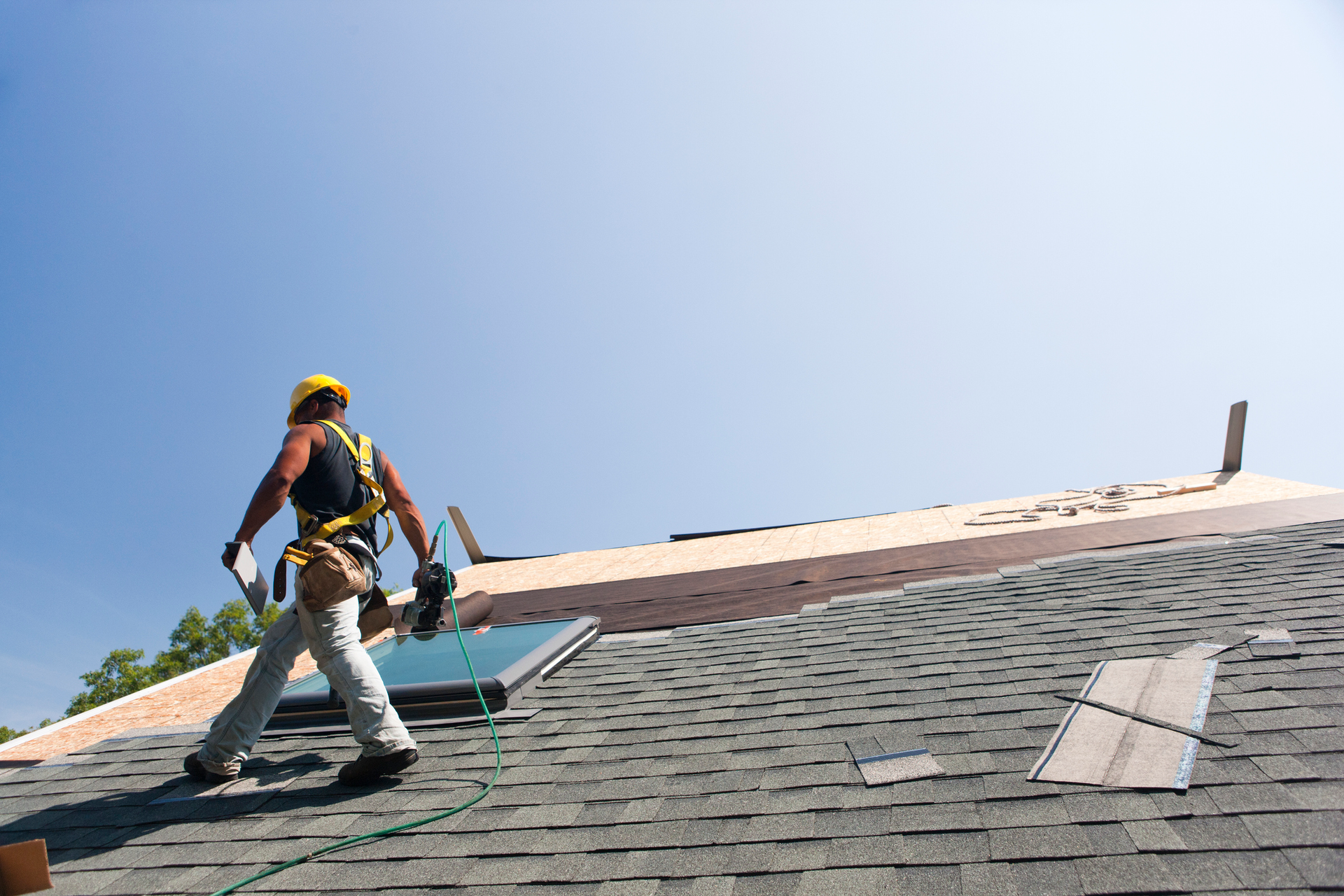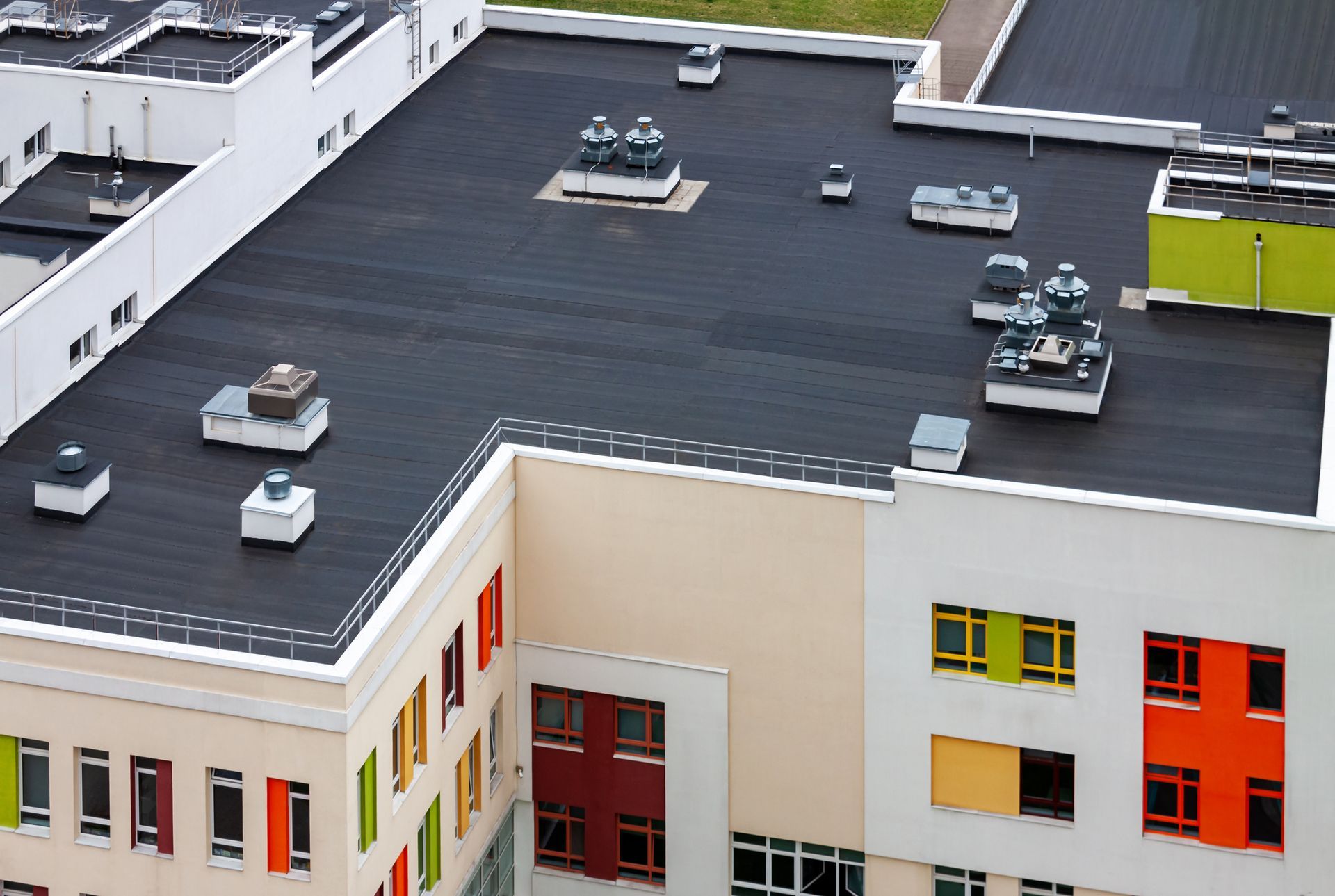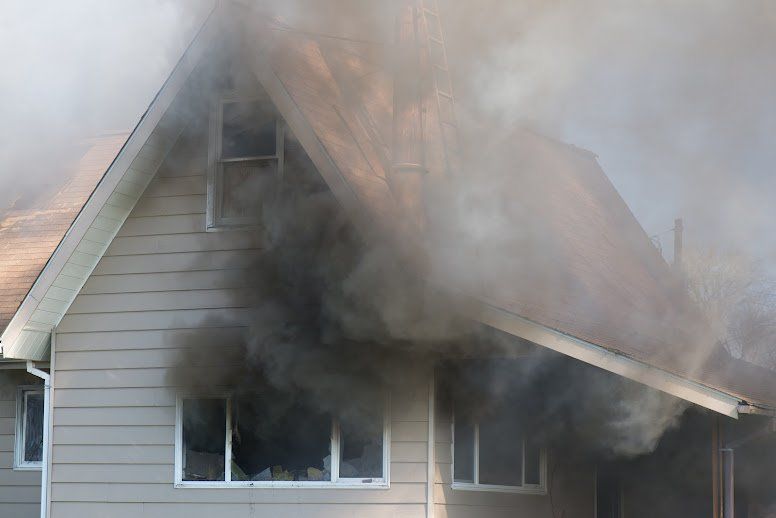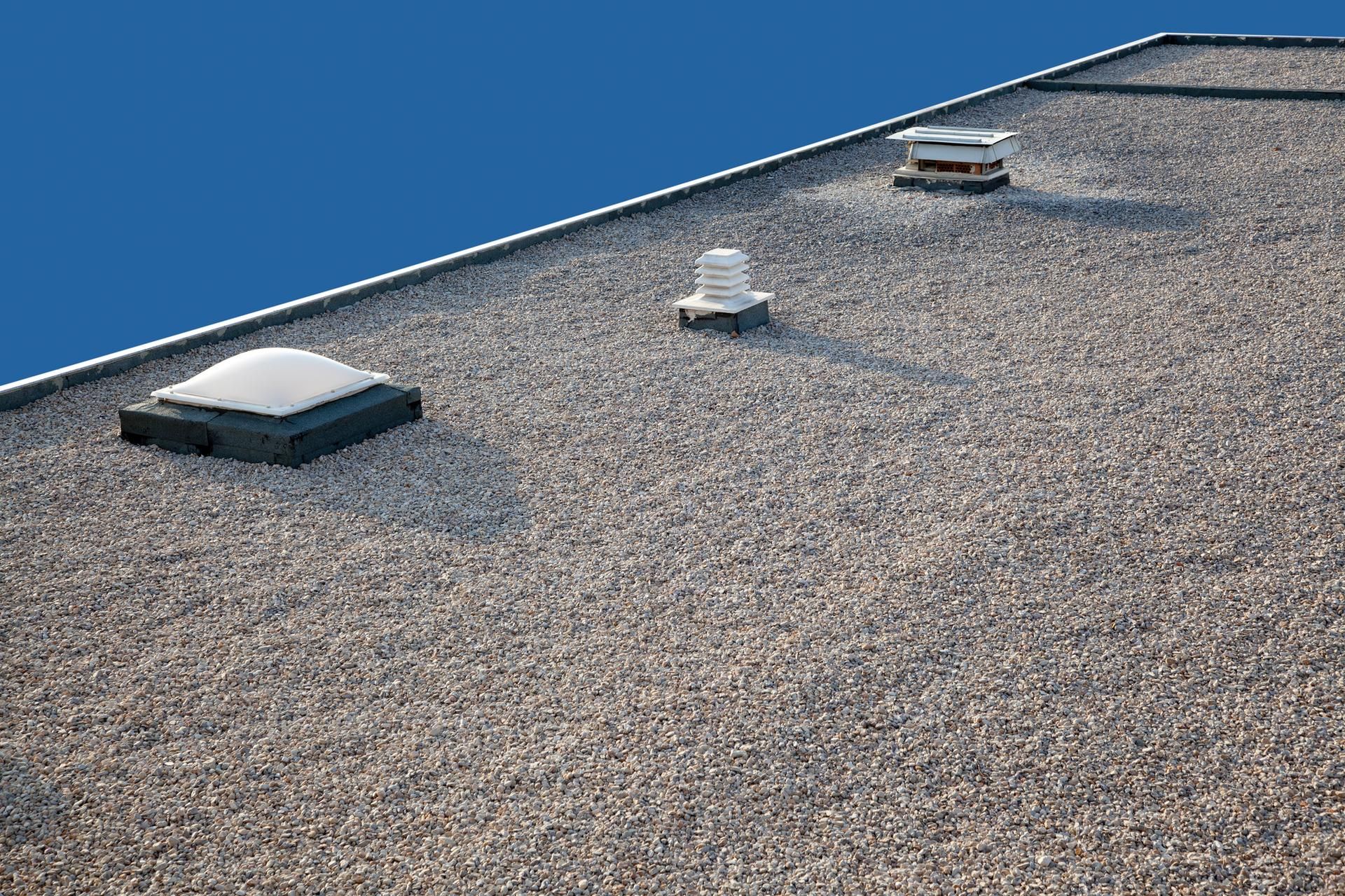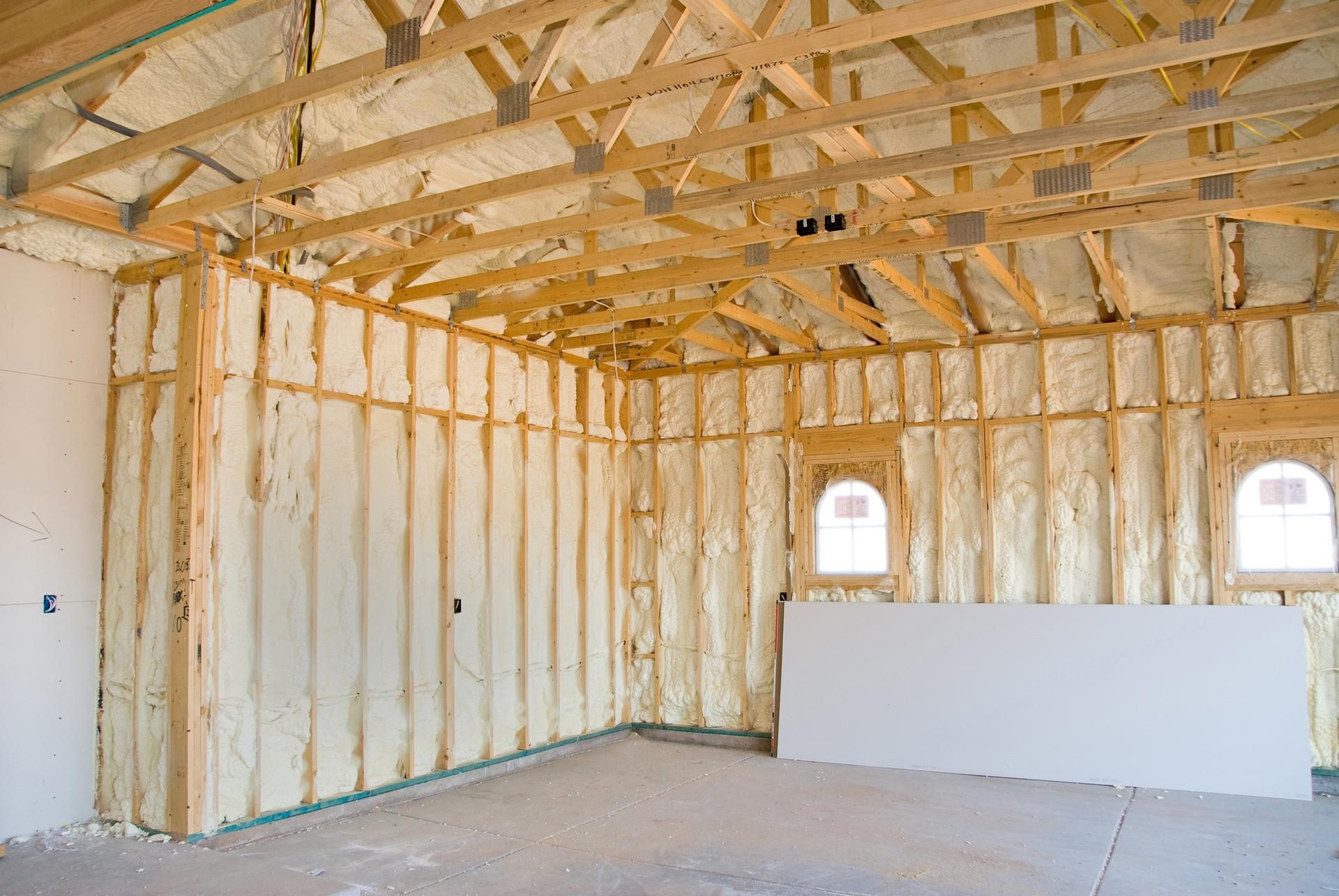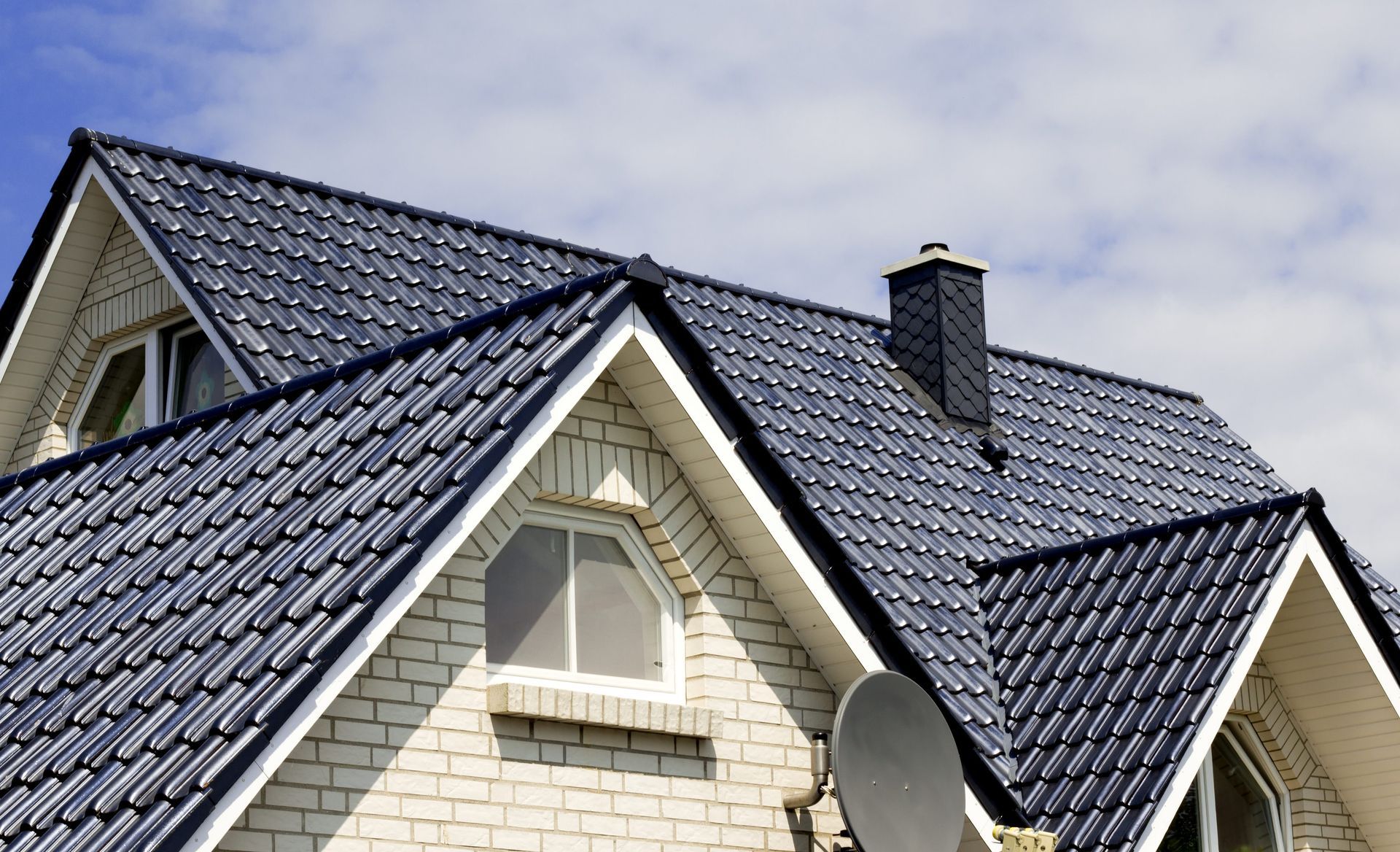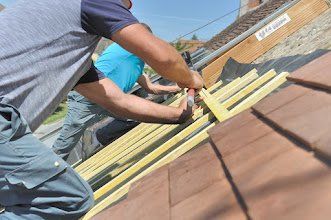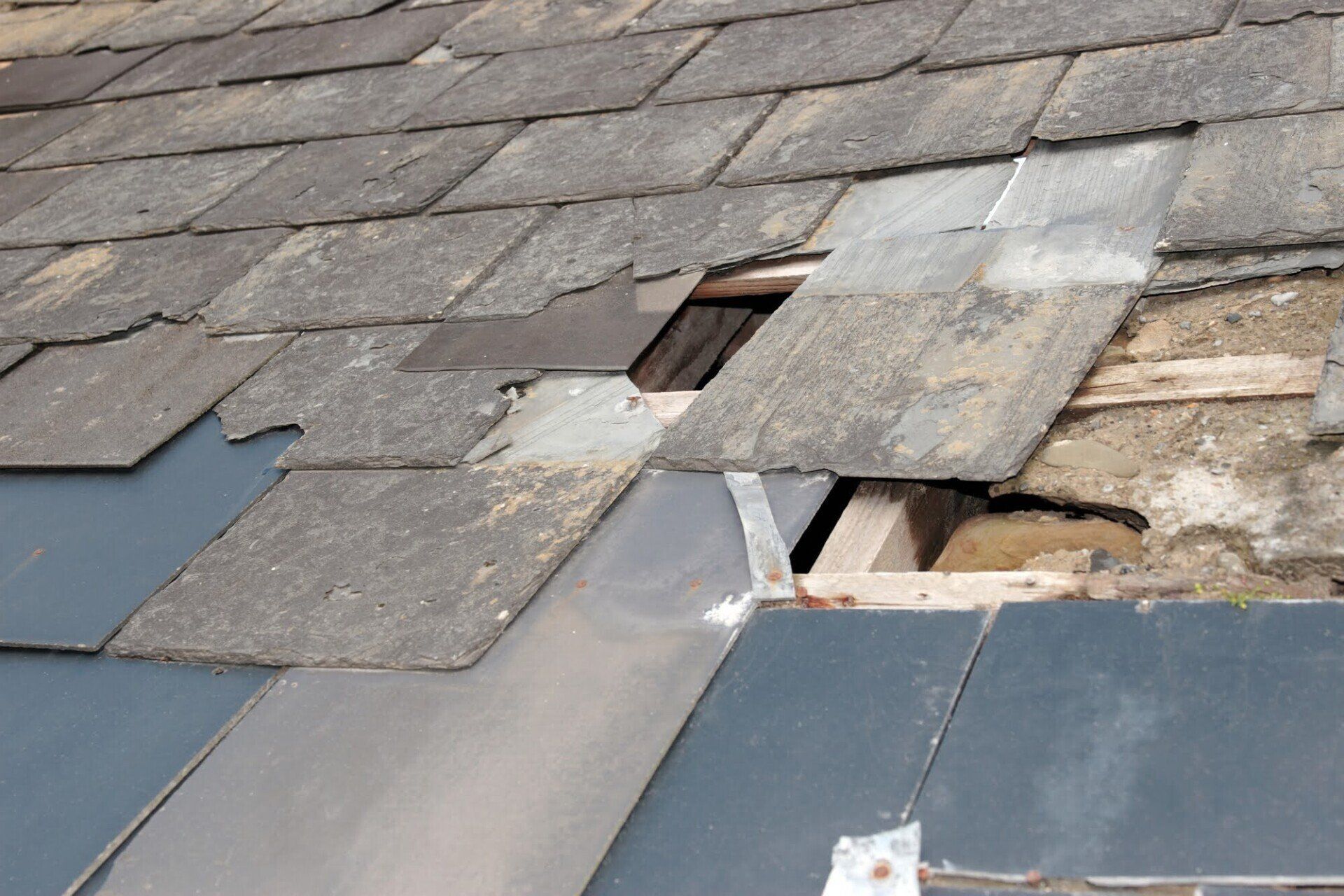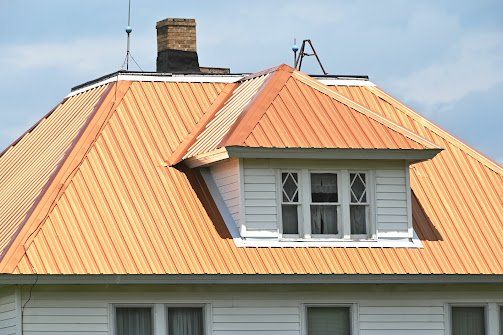3 Common Misconceptions About Metal Roofs
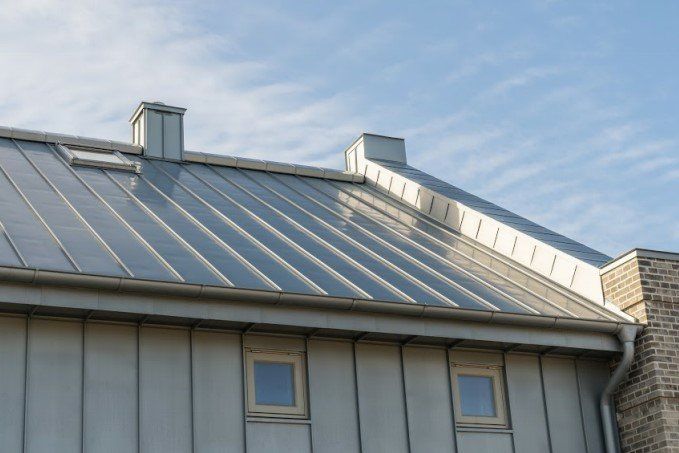
Today's homeowners have an unprecedented diversity of roofing options to choose from, including shingle, wood, tile, and even metal roofs.
Metal roofs, in particular, possess a wealth of benefits, including unmatched durability and longevity, and they have an environmentally friendly
nature. In fact, few other options possess the same performance benefits as a metal roof.
Unfortunately, however, many people continue to believe misconceptions about the nature of metal roofs. If you have begun to think about the
next roof for your home and would like to get your facts straight regarding metal roofs, keep reading. This article sets the record straight with
respect to three common misconceptions about metal roofs.
1. Metal Roofs Attract Lightning
Perhaps the most common piece of misinformation regarding metal roofs has to do with their relationship to lightning. Many people believe that
metal roofs act like lightning rods, increasing the frequency that lightning strikes your home. Yet this belief suffers from a fundamental
misunderstanding about how lightning rods work.
Most people imagine that lightning rods work by attracting lightning strikes, then they safely disperse their energy. However, only the second part
of this statement holds true in reality. In other words, lightning rods do not attract lightning at all, but rather simply conduct it safely down into the
ground in the event that a strike does occur.
In the event that lightning does strike your home, a metal roof provides a greater degree of protection than other types. The large, conductive
surface area of a metal roof helps to disperse the heat of the lightning strike. Moreover, it provides the lightning with a safe and easy path down to
the earth, allowing it to dissipate harmlessly.
2. Metal Roofs Make Homes Hotter
Another common fear regarding metal roofs has to do with their ultimate effect on the energy efficiency of your home. Many people imagine that a
metal roof sucks up a much larger amount of solar energy, which it then passes on to your home, which drives up summer time cooling bills. Yet in
truth, a metal roof can actually lower your home's cooling bills by up to 40 percent.
All metal roofs share in this efficiency, thanks to the naturally heat emissive properties of metal. Yet for the best efficiency results, consider
investing in the type of metal roof known as a cool roof. A cool roof contains a special white-colored coating meant to increase the reflective
properties of the roof. This coating reduces the amount of heat absorbed by the roof.
In fact, according to American Building Components, the reflective coating on a cool roof can maintain surface temperatures as much as 50
degrees lower than that of a conventional roof. Manufacturers express the reflective power of a roof in terms of the solar reflective index, or SRI.
This scale extends from 0 to 100, with higher values indicating a greater reflective power. Most cool roofs possess an SRI value of between 71
and 82.
3. Metal Roofs Make More Noise
If you imagine that a metal roof produces more noise during periods of rain, you may want to reconsider this idea. In terms of decibels, the sound
of rain on a metal roof is pretty similar to other roofing materials - and it's only slightly louder than a quiet conversation in a home.
The difference becomes even smaller when you consider that contractors almost always install metal roofs on top of roof decking or insulation that
helps to absorb and muffle noise to an even greater extent.
Metal roofs have been subject to a lot of misinformation. For more factual information about how effective a metal roof can before your home,
please contact our team at All American Roofing.

